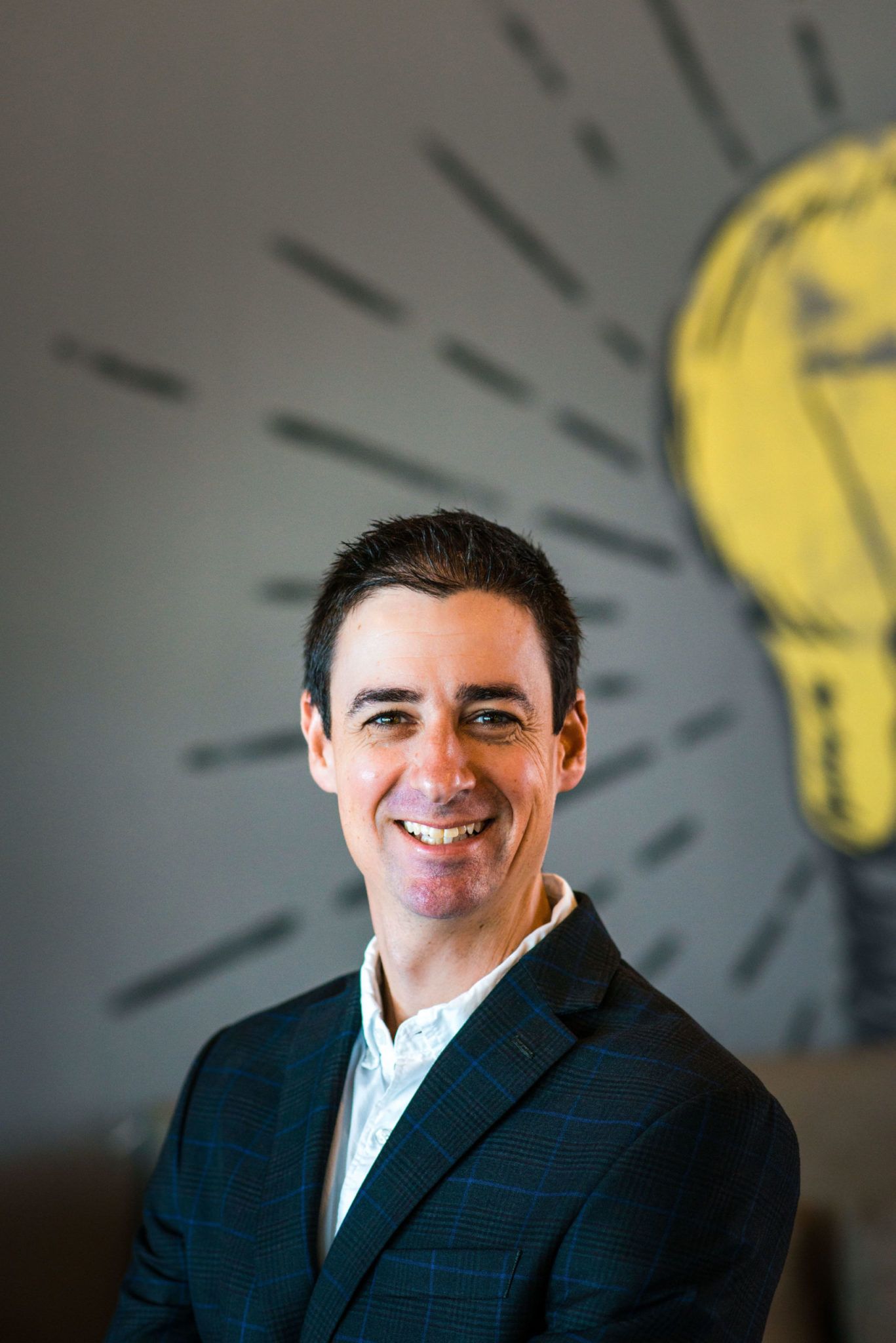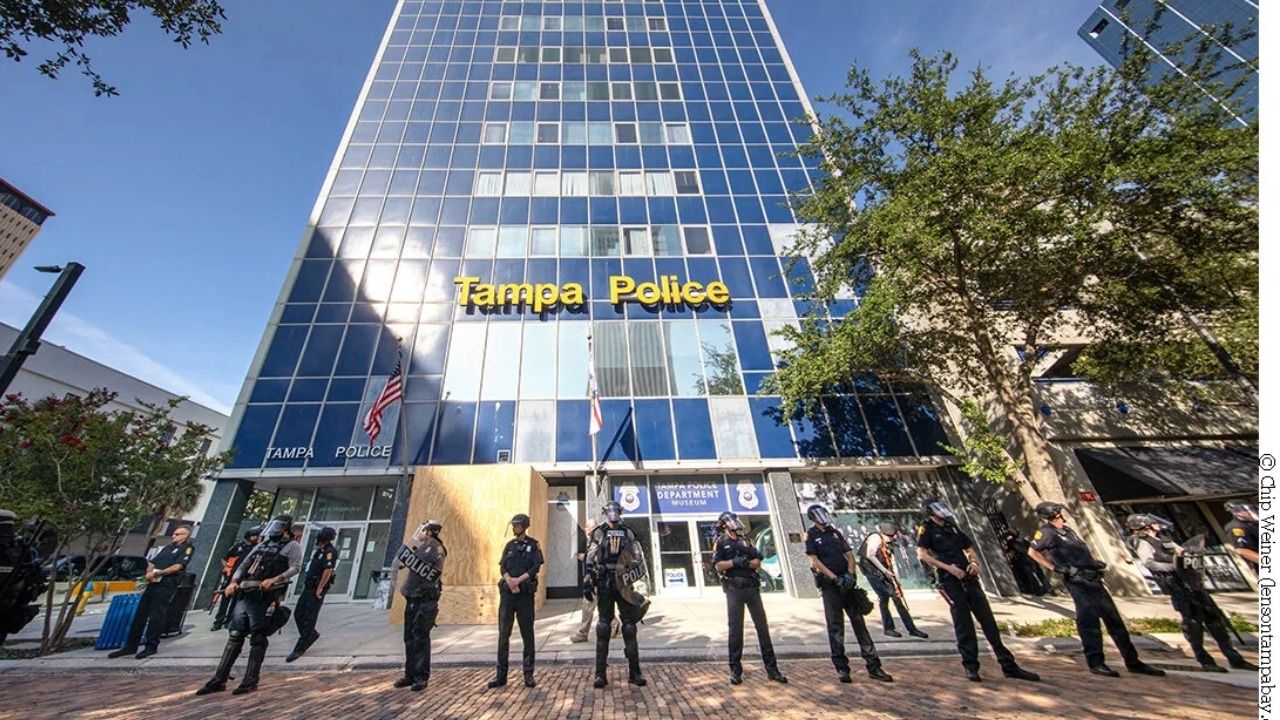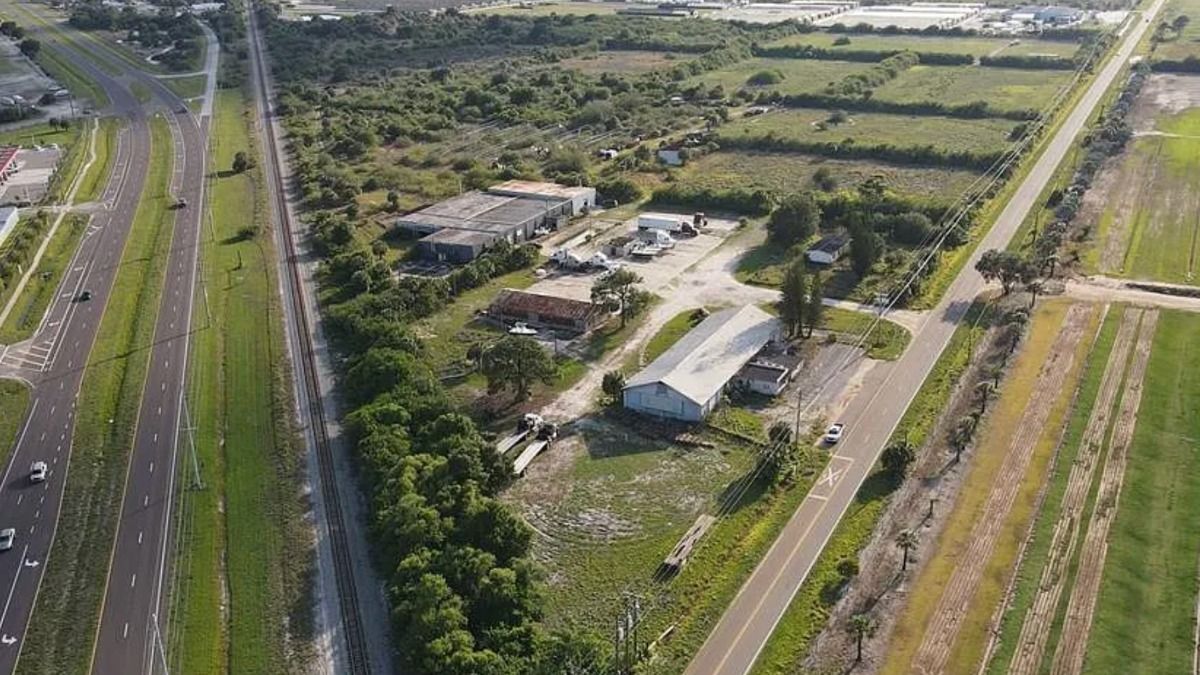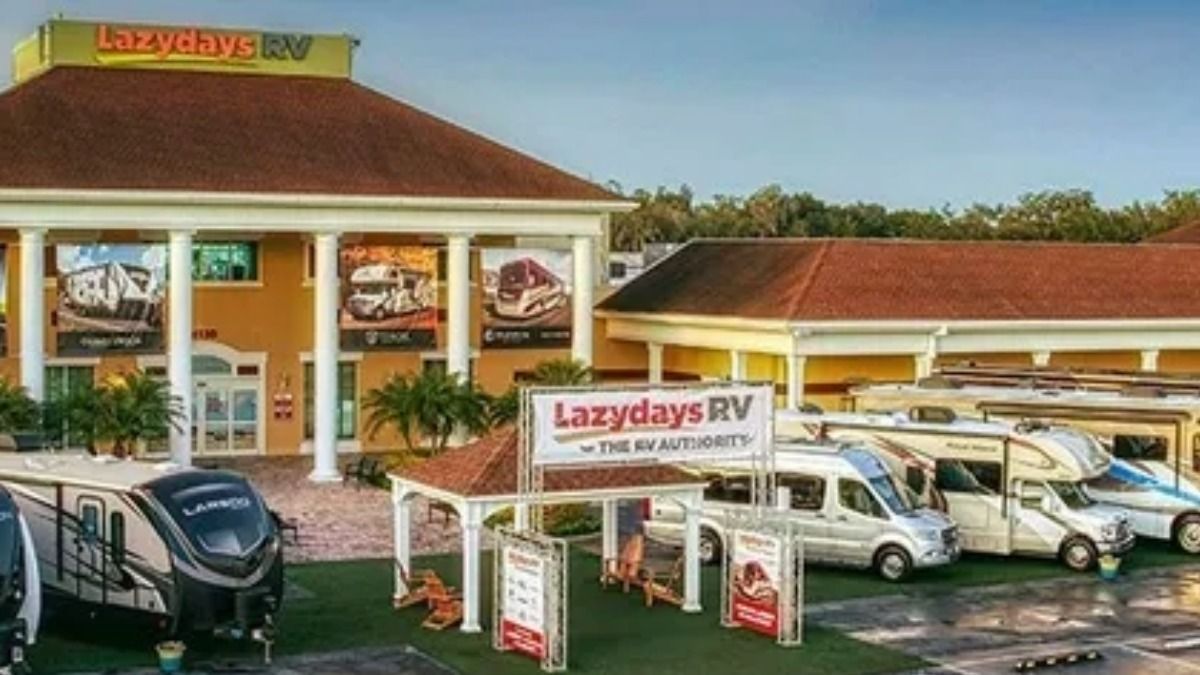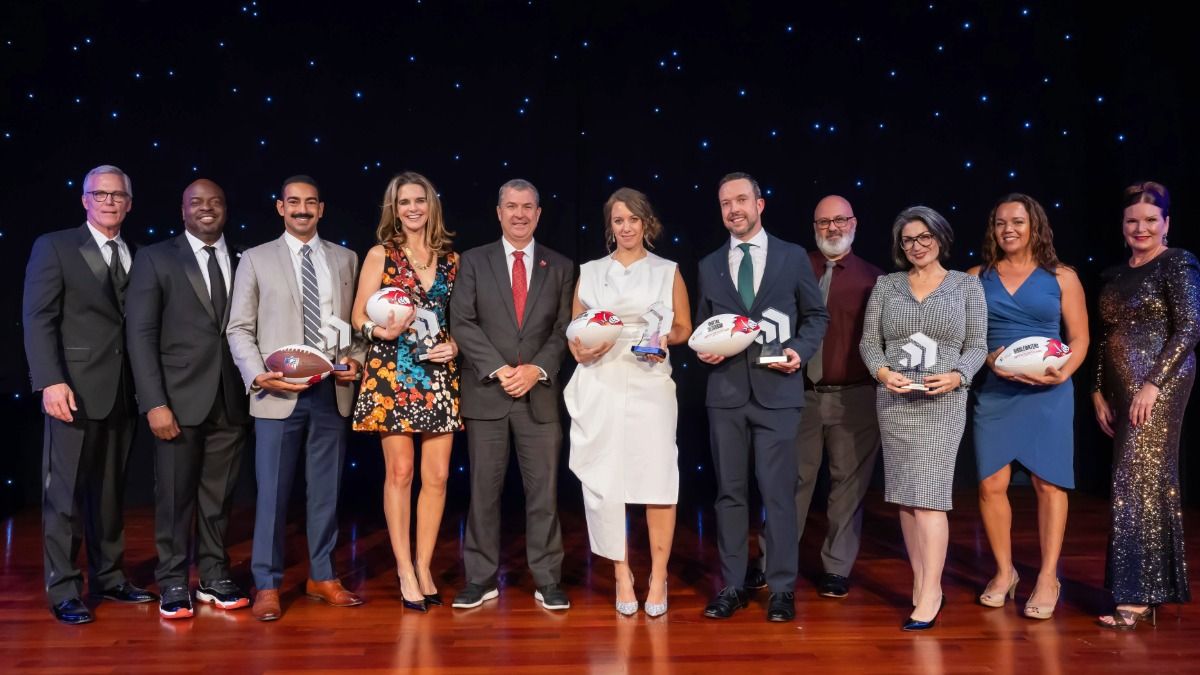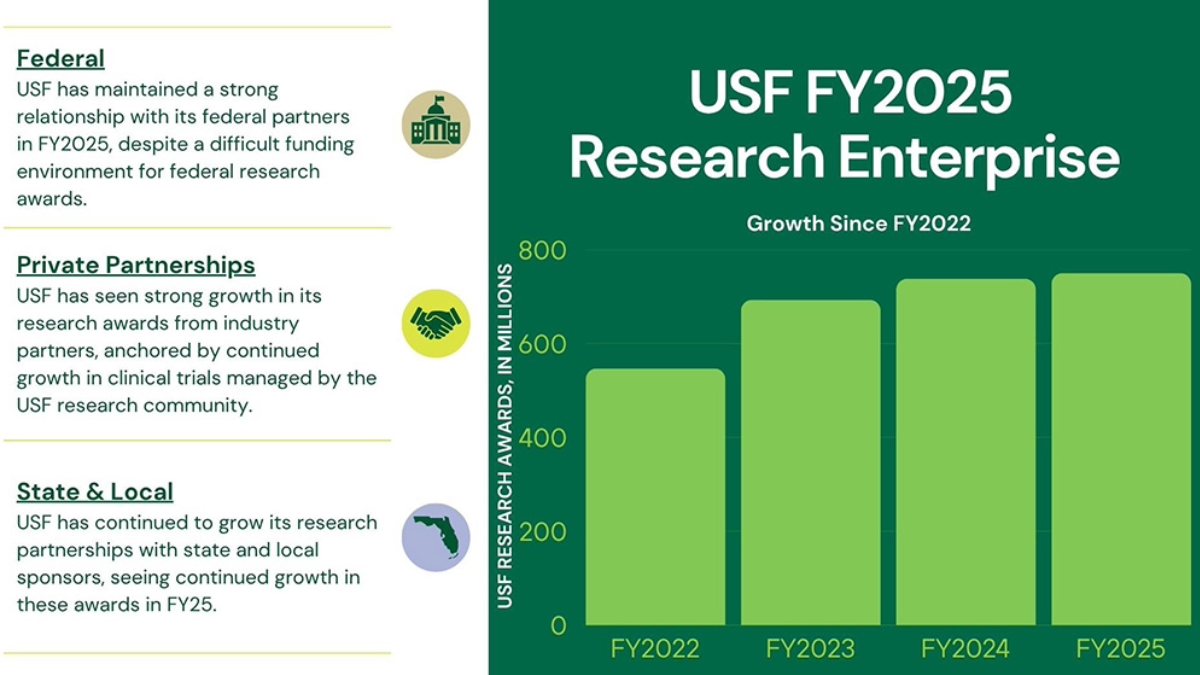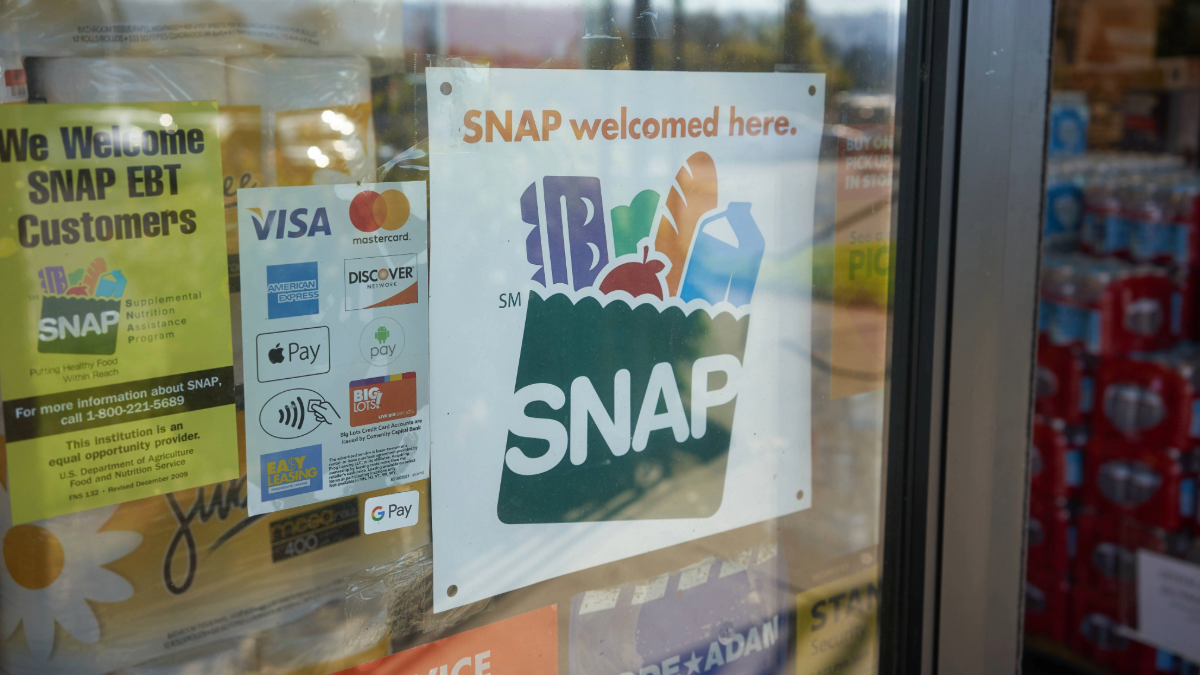Synapse Florida has a message to tell—one that has been building momentum throughout the Sunshine State, and certainly in downtown Tampa, where it resonated at Amalie Arena with passion during two days in mid-February.
More than 7,000 entrepreneurs, innovators and community leaders convened at the nonprofit association’s third annual innovation summit to share and spread the message that is at the heart of what Synapse co-founders Brian Kornfeld and Marc Blumenthal want everybody to understand.
“We really want to tell the world that innovation lives right here,” said Kornfeld, a 37-year-old Clearwater native, who serves as the organization’s president. “We are trying to help showcase, and tell people from out of town, that there is great stuff going on right here in Tampa Bay. By telling the story that innovation lives here, it helps to build things for the future and gets people thinking that when they graduate from college, or are thinking about their next job, that this is the next great place for them to live.”
Which is why entities from throughout the state, many of which call the Tampa Bay region home, attended the summit to showcase their latest innovations, discuss future projects and connect with potential business partners and prospective employees.
Among them was the University of South Florida, which had a major presence. Representatives from the Tampa and St. Petersburg campuses were on hand to connect with the local tech community and learn how to better create partnerships between faculty, researchers and corporations while also showcasing what the university has to offer.
Outside the arena is a 13-story structure serving as a vital link between the university and Tampa’s downtown core. An anchor in the Water Street Tampa development, USF Health’s Morsani College of Medicine and Heart Institute has brought students and faculty closer to the university’s primary teaching hospital, Tampa General Hospital, while adding to the downtown dynamic.
“It is really an amazing, and world-class, facility,” Steven Currall, who last summer was named USF’s seventh president, told TBBW. “We are going to be even more successful in bringing biomedical researchers, physicians and students into that building. It’s part of the whole ecosystem of downtown Tampa.”
With a growing region that now includes a major university presence comes the need for the city itself to move the needle on innovation. It cannot do it by itself though. A city needs help from the larger community to have much of a chance for growth and prosperity. That is the backbone of the “Intersection of Innovation” initiative recently unveiled by Tampa Mayor Jane Castor’s office.
Basically, what we are asking is for innovators, startups and anyone with the knowledge, the ability and the company to come forward to solve problems that this city is facing,” said Castor, who spoke at the summit and highlighted projects involving, among other things, transportation, traffic management and housing. “We have a chance to transform Tampa into the world-class city we all want to live, work and play in. In order to get there, we have to work smarter, not harder, and we have to work together. That’s why we need innovators on our side working with our amazing city’s staff to tackle our greatest challenges and help us reach our goals.”
An individual who has tackled many challenges is Tampa Bay Lightning owner Jeff Vinik. Mere steps from the arena in which his team plays, Vinik can see his vision of transforming downtown coming to fruition in the form of his Water Street Tampa project, a $3-billion mixed use district, that includes the USF medical facility. The development is something, that a decade from now, will be part of a city he hopes will have a far different look and feel to it, one that can be likened to Austin, Texas, which has experienced an innovation boom in the past 10 years.
“Capital being raised, companies starting up, talent moving here—all of that is up and trending and that is very exciting,” said Vinik, of what is happening throughout Tampa Bay. “Ten years from now, I hope this place is not recognizable. There is no reason why we cannot be Austin. This is a great place to live, this is a great place to do business and we just have to provide the resources for companies to want to keep coming here and succeed.”
Vinik said the Bay Area’s collective goal should be to attract entrepreneurs, and innovators, who can thrive and grow. The idea is to make it a bustling hub in which startups feel the need to relocate to, to achieve their vision.
“I think Tampa Bay’s objective should be, if you are a startup and a [business] founder in the Southeast, you must come here to get coaching, you must come here to get capital, you must come here to get customers,” he said. “That is what we have to aspire to. We will get there in five or 10 years.”
Synapse can’t wait. There is no telling how many more people, and talented people, will come through the doors of Amalie Arena to attend the summit in the coming years. To that extent, one of the prevailing themes this year dealt with how critical it is to have an influx of talent that can develop ideas and visions into realities.
“It is a big thing that we have heard about over and over and over,” said Kornfeld. “People are trying to retain top talent and bring it in from out of town. We are trying to help build those connections and build those bridges. We are trying to help showcase and tell people from out of town that there is great stuff going on right here in Tampa Bay.” ♦

